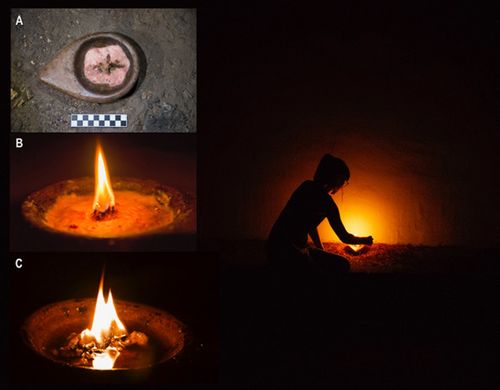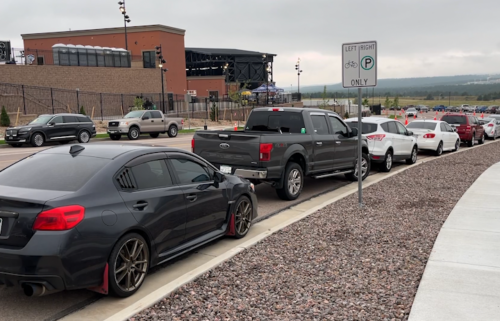How our ancestors conquered the dark to produce the world’s oldest art

Caves, often their deepest reaches, were humanity’s first art galleries, where early artists produced star maps, hunting scenes and friezes of ice age animals.
However, caves weren’t great studio spaces — there is no natural light and humans can’t see in the dark. And while some art is found at cave entrances and under rock shelters, many paintings — including those at well-known sites like Lascaux in France — are found in narrow passages or deep inside cave systems that can only have been navigable with artificial light.
To shed light on how Stone Age artists might have worked in these dark, hard-to-access spaces, archaeologists in Spain have scoured the archaeological record to look for evidence of how early humans used wood and other substances to make torches and lamps that could have illuminated their stone canvas.
“We are really interested in all the production processes behind these images,” said Diego Garate, an author of the study that published in the journal PLOS One on Wednesday.
Garate, a researcher at the International Institute for Prehistoric Research of Cantabria at the University of Cantabria in Santander, Spain, said that charcoal remains at rock art sites can tell us a lot about how the artists worked, but these remains were often overlooked and had not been studied in great detail.
Ancient lighting solutions
Based as much as possible on archaeological evidence found in Paleolithic caves, the researchers made their own versions of prehistoric torches and grease lamps. The team then tested how well they worked inside Isuntza 1 Cave in the Basque region of Spain.
The scientists tested five wooden torches using a combination of dried juniper wood, birch bark, ivy, pine resin and marrow from deer bones; two stone grease lamps filled with dried juniper wood, resin and bone marrow from cows; and a small fireplace with dried juniper wood, oak and green birch bark. The materials were based as much as possible on archaeological evidence found in similar Paleolithic caves.
“We walked for 20 minutes inside the cave until the light was getting low. It was pretty striking that the light from the torches is really different from the artificial light we are used to,” Garate said.
Wooden torches made of multiple sticks worked best for exploring caves or crossing wider spaces because they projected light in all direction — almost up to 6 meters, the researchers found. Plus, the torches were easy to transport and five times brighter than a grease lamp. The shortest-burning torch lasted for 21 minutes, the longest for 61 minutes.
However, torches could be unpredictable and often had to be relit by moving them quickly from side to side. They also produced a lot of smoke. The grease lamps worked well for lighting small spaces over a long period — a bit like a candle — but were no good for moving through the cave as they didn’t light up the floor. The fireplace created lots of smoke and burned quickly, but the researchers said this form of illumination in the test location was likely not the best because of air currents in the cave.
Garate and team concluded that the early humans painting deep inside these cave systems weren’t just artists but cavers.
“They know how to move and manage inside the cave, which is really difficult for us even with helmets and rope. At that time, it was obviously harder. They had to move with a torch in their hand, which is dynamic and gives off this red light,” he said.
“They could have made drawings just at the entrance of the cave without any problem. They wanted to do it in these narrow places and go very deep inside the caves. That was part of it.”



